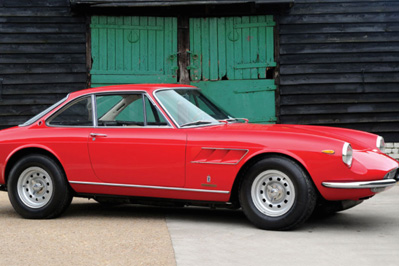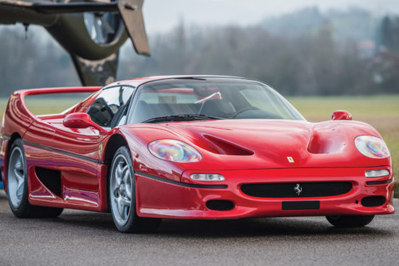Stay in touch with the latest news & updates

Ferrari built its reputation on dual-purpose machines, the sports and GT cars one could drive on the road during the week and to the track on the weekend. There were more comfort-oriented models, such as the 250 GT Lusso, but the 250’s immediate successor, the 275 GTB and 275 GTB/4, skewed closer to the pure sports car side of the family.

In the late 1960s and early 1970s, Italy’s “big three” couture carmakers – Ferrari, Lamborghini and Maserati – responded to customer demand for high-end GTs that offered more room than their 1960s models. The Lamborghini Jarama secured its unique place in Lamborghini history as one of its last front-engine models.

If you have any interest in the Macan Turbo, you’re probably going to want the Performance Package, because in addition to goosing the 3.6-liter twin-turbo V6 to 440 horses, it equips this all-wheel drive machine with an upgraded brake system, lowered “sport” chassis, a sport exhaust system and the Sport Chrono Package. That’s a lot of “sport.”

The entire F50 is built like a sports racer. The central tub is made from carbon fiber, while the body uses a carbon fiber, Kevlar and Nomex honeycomb. As in an F1 car, the engine, transmission and differential are mounted as a structural unit to which the suspension, elements of the composite body and even the rear bumper are attached.